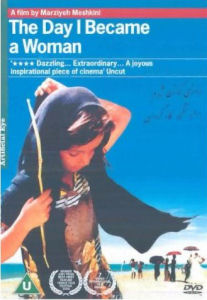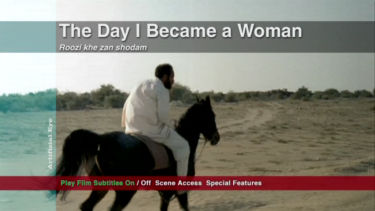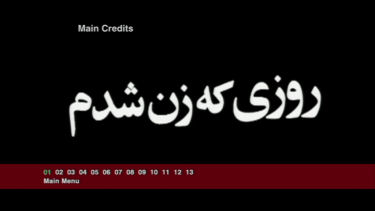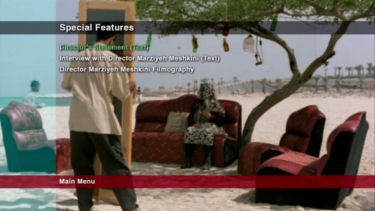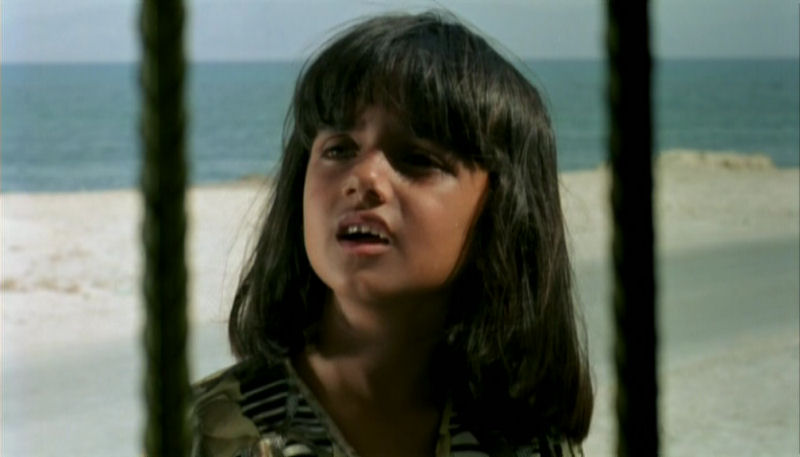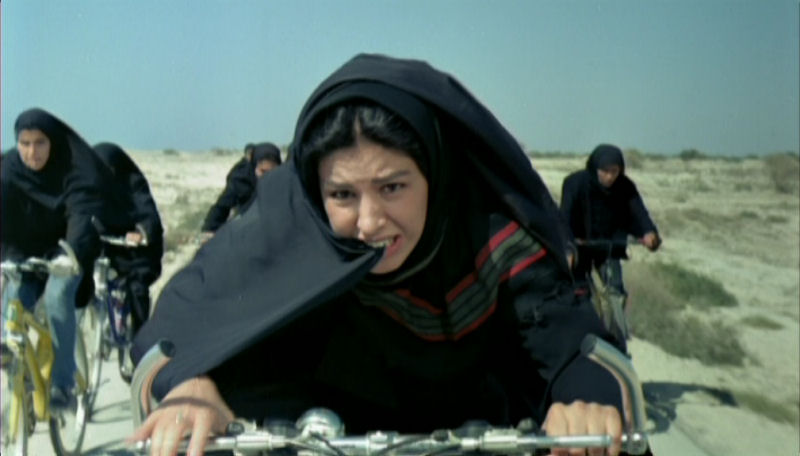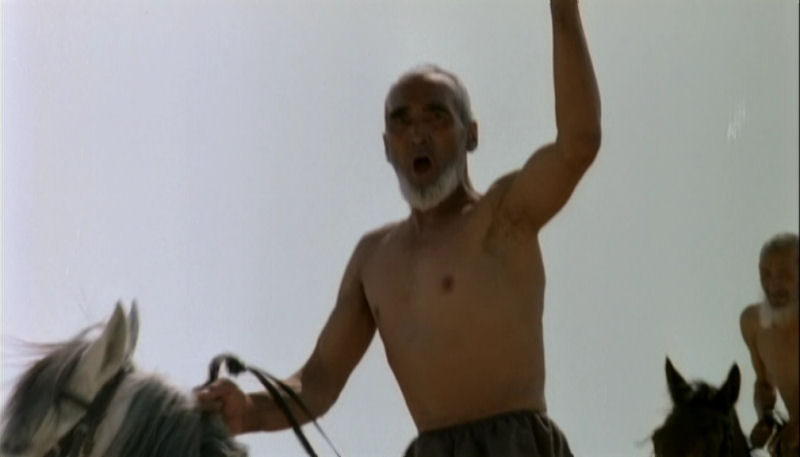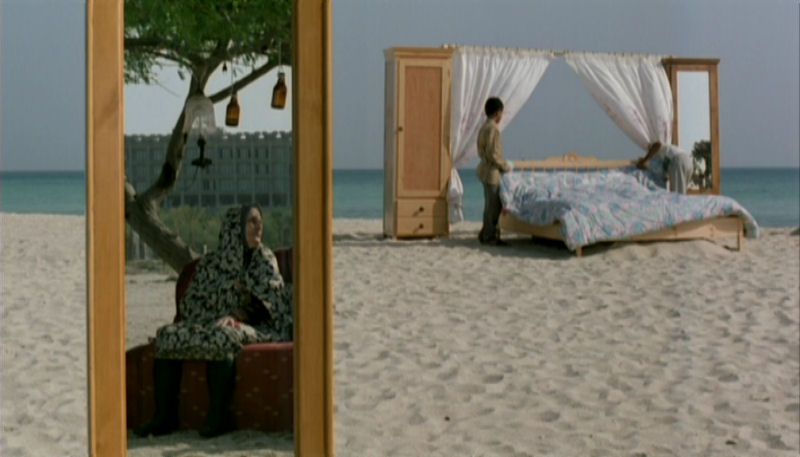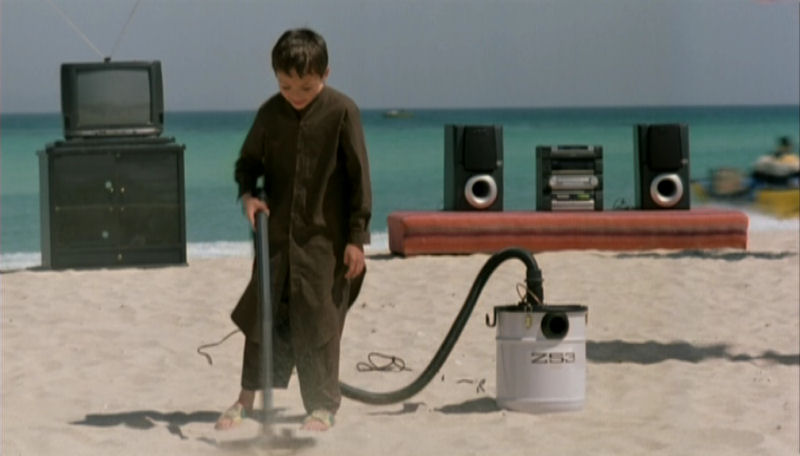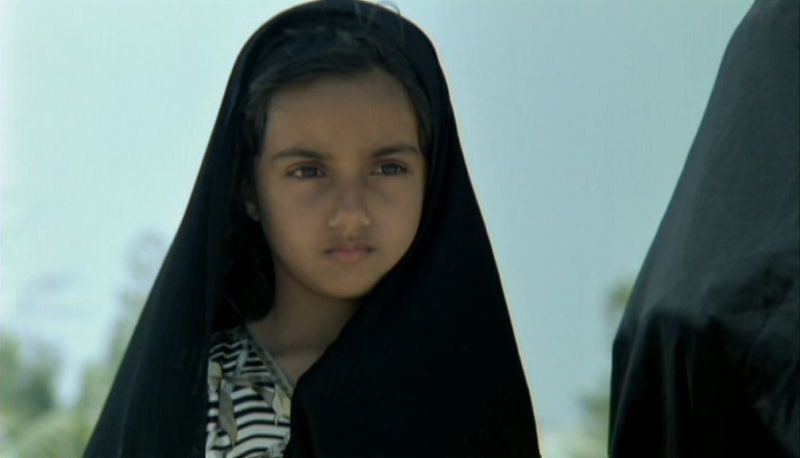![]()
![]()

![]()
![]()
|
Search DVDBeaver |
S E A R C H D V D B e a v e r |
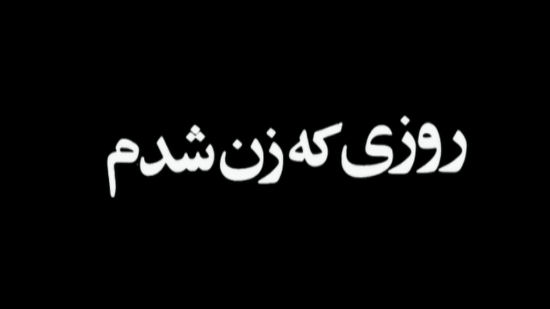
(aka "The Day I Became a Woman" or "Roozi ke zan shodam" or "Der Tag an dem ich zur Frau wurde" or "Le jour ou je suis devenue femme" or "Ti mera pou egina gynaika" )
directed by Marzieh Makhmalbaf
Iran 2000
|
"The
Day I Became a Woman" links together three stories from
Iran--the three ages of women--involving a girl on the edge
of adolescence, a wife determined not to be ruled by her
husband and a wealthy widow who declares, "Whatever I never
had, I will buy for myself now." All three of the stories
are told in direct and simple terms. They're so lacking in
the psychological clutter of Western movies that at first we
think they must be fables or allegories. And so they may be,
but they are also perfectly plausible. Few things on the
screen could not occur in everyday life. It is just that
we're not used to seeing so much of the rest of everyday
life left out.... |
Posters
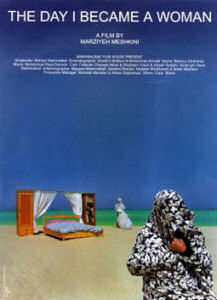 |
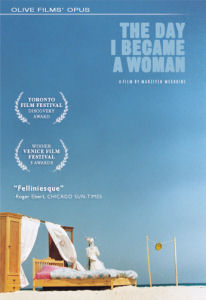 |
Theatrical Release: March 8th, 2001
Reviews More Reviews DVD Reviews
DVD Review: Artificial Eye (Spine # 220) - Region 2 - PAL
| DVD Box Cover |
|
CLICK to order from:
|
| Distribution |
Artificial Eye Region 2 - PAL |
|
| Runtime | 1:14:03 | |
| Video |
1.66:1 Original Aspect Ratio
16X9 enhanced |
|
|
NOTE: The Vertical axis represents the bits transferred per second. The Horizontal is the time in minutes. |
||
| Bitrate |
|
|
| Audio | Farsi (Dolby Digital 2.0) | |
| Subtitles | English, None | |
| Features |
Release Information: Studio: Artificial Eye Aspect Ratio:
Edition Details: Chapters 13 |
|
| Comments |
In continuing with my recent
string of blind-buy Artificial Eye reviews, we'll now take a
look at the now unfortunately out of print "How I Became a
Woman". The film itself is an interesting, if not always
successful, experiment that examines the lives of three women of
different generations in Iran. While each segment in the film
works as a different genre (family-centered realism, drama, and
comedy in that order) and gives us a genuinely harrowing view of
the limitations placed on women in Iran, I'm afraid that I find
myself mostly in agreement with Jonathon Rosenbaum's assessment
of the film when he says that each segment made its point
effectively early on and could have been pared down into a more
efficient series of shorts. Instead, what we have is
interesting, and, while I wouldn't call it great, is good enough
to merit viewing.
The sound here is pretty good for
Dolby Digital 2.0. I found no evidence of boosting, other
artificial manipulation, or distracting background noises (pops,
hisses, etc.). The dialogue, sound effects, and music are always
adequately clear and the removable English only subtitles are
unobtrusive. |
DVD Menus
|
|
|
|
|
Screen Captures
Subtitle Sample
|
|
|
|
|
|
|
|
|
|
|
|
|
|
| DVD Box Cover |
|
CLICK to order from:
|
| Distribution |
Artificial Eye Region 2 - PAL |
|
![]()
![]()

![]()
![]()
 Search DVDBeaver |
S E A R C H D V D B e a v e r |
